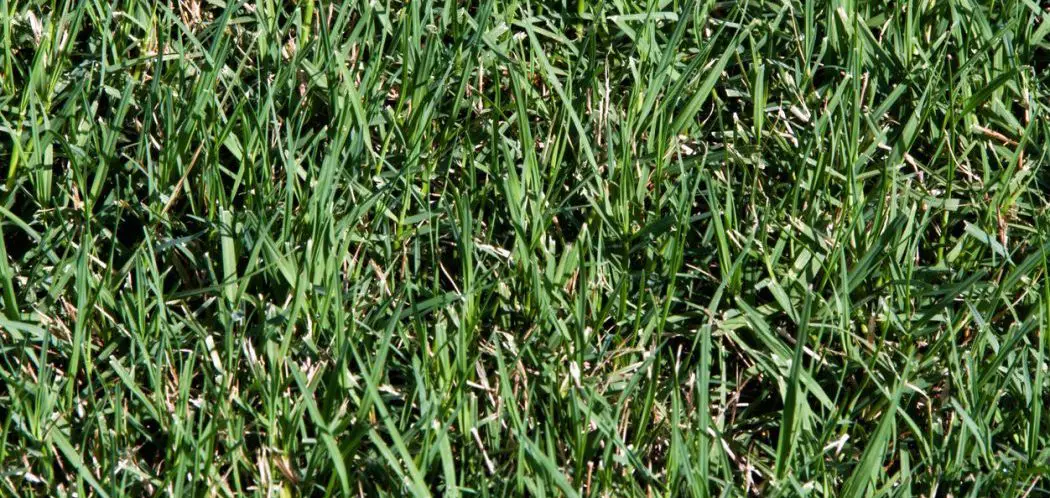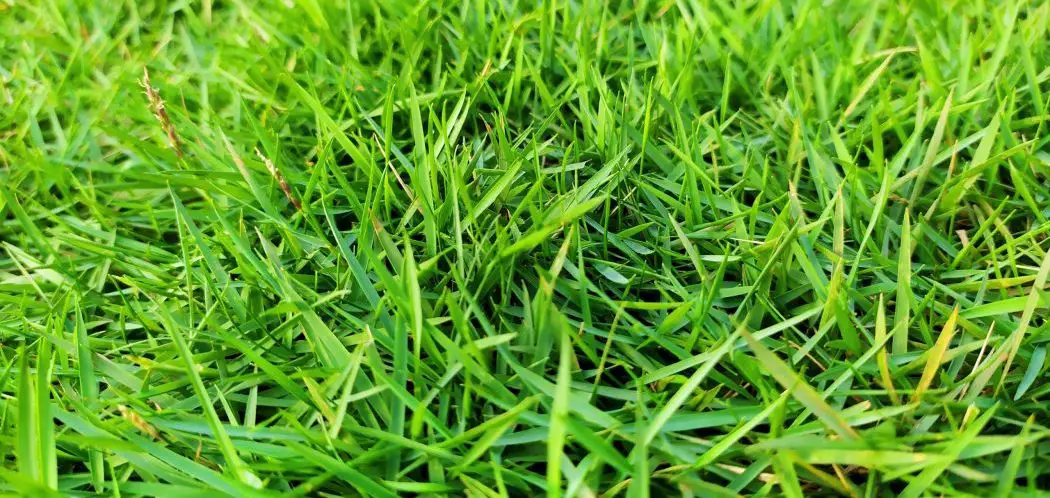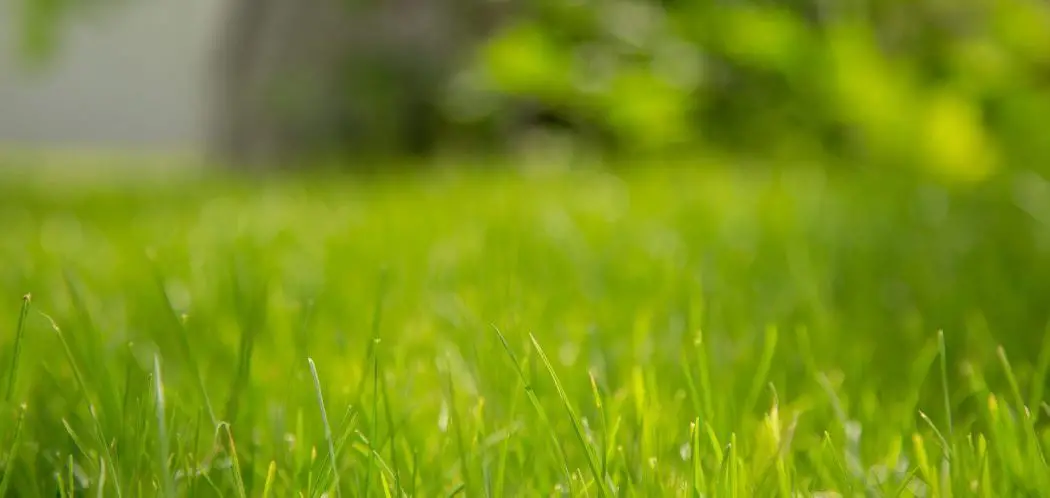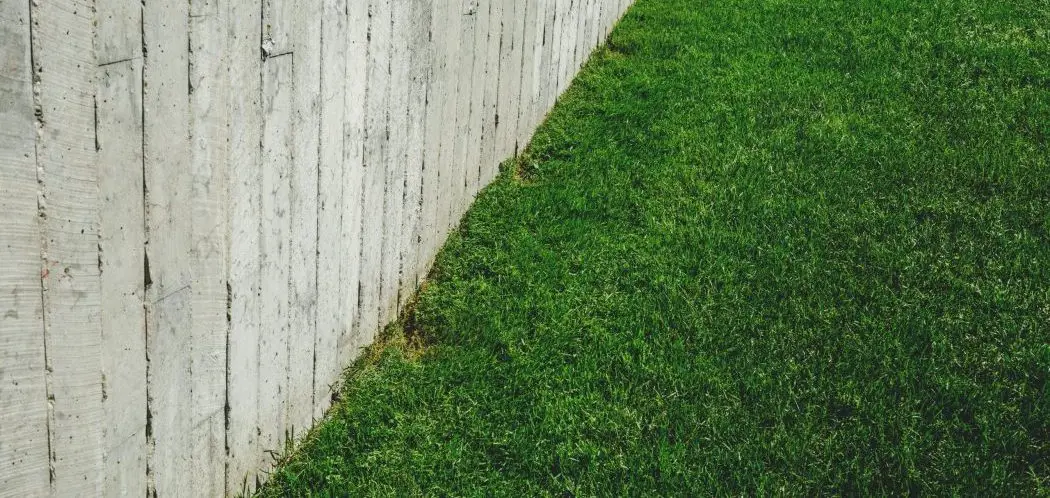Choosing a grass for your lawn is a decision that should be weighed heavily. The most important factor to consider is the climate which will be determined by where you live.
If you live in the warm season climate zone, the two most popular options you will see are Bermuda grass and Zoysia grass. In this article, we’ll consider their similarities and differences to make it easier when choosing between the two.
Commonalities Between Bermuda and Zoysia
Here are some things Bermuda grass and zoysia have in common.
Zoysia grass and Bermuda grass are both warm season grasses
Warm season grasses are those in which its active growth begins in late spring and peaks during the summer months. Warm season grasses go into dormancy when they encounter cooler temperatures such as those that arise in the late fall and winter.
These grasses are not suitable for areas that experience extended cool periods such as the Pacific Northwest and the upper East Coast.
Both grasses grow through stolons and rhizomes
Rhizomes are underground roots that spread horizontally in the soil. Once established, these roots are extremely hardy. You can look at a rhizome up close and personal at your local grocery store by picking up a ginger root.
Stolons are plant stems that grow horizontally along the soil surface and take root. Roots can be found at different intersections of the stolon. They can follow the same path as the rhizome, or they can grow wherever they please.
Due to the way these two grasses grow, they are prone to thatch
Thatch is an accumulation of organic matter on top of the soil but below the visible grass blade. A thin layer of thatch is like a comforting blanket to your lawn. It helps attract moisture to the soil and protects shallow roots from the elements. However, when thatch is overgrown, that blanket will suffocate your grass.
Bermuda grass and Zoysia grass both prefer soils with a pH of 5.8 to 7.0
In general, lawns like their soil neutral. However, warm season grasses such as Zoysia and Bermuda have adapted to the soil of the climate region they grow best in. These two varieties can tolerate the slightly acidic soil of the warm climate zone in the United States.
Zoysia Grass
Zoysia grass is native to Asia and has been a popular lawn grass in America for years. This fine textured grass sports fine hairs on one side of its grass blade and is usually grayish-green in color.
Zoysia leaf blades emerge from the stem at an 80 degree angle and grow laterally through stolons or runners.
Zoysia grass is one of the slowest growing warm season grasses
This slow growth can be frustrating for lawn care enthusiasts who want a green yard right away, but it is definitely worth the wait.
Zoysia grass grows in dense clumps
This dense growing pattern makes for a luscious lawn that naturally wards off weeds. Since the grass stems grow so close together, there is no room or available resources for weeds. Closely growing plants also withstand damage better than grasses that grow sparsely.
It can handle high foot traffic
Zoysia is a great option when needing groundcover for an area that has high foot traffic.
Zoysia also handles temperature changes well
This means that Zoysia can be grown in the transition climate zone of the United States unlike Bermuda grass.
It has a shorter winter dormancy than other warm season grasses
Zoysia handles temperature fluctuations so well. It stays green later into the year and comes back to life sooner than Bermuda grass.
Zoysia grass prefers full sun but tolerates shade as well
This quality makes it ideal for landscapes with variety. You don’t have to worry about a ring of dead grass underneath your shade trees.
Zoysia should be mowed down to one or two inches
This grass variety is hailed as one of the lowest maintenance grasses. Due to its slow growth, zoysia doesn’t need to be mowed as frequently as other grasses.
You can get away with fertilizing Zoysia biannually
Zoysia has low nitrogen requirements, so it doesn’t need to be fertilized as often as its faster growing foes.
Zoysia’s snail-like growth makes it much more manageable than grasses that spread quickly
If grass grows out of control, it can overtake flower beds and non-green spaces. It’s easier to keep your grass in check when it grows slowly.
Zoysia does not have to be overseeded often
With its naturally dense growing pattern, it is not prone to thinning over time like other grasses.
Warm season grasses such as Zoysia tend to be drought tolerant
They handle high temperatures and drastic heat well. This lends it to needing less water than cool season grasses.
The thin leaves and soft feel of this grass make it an excellent choice for your lawn.
Bermuda Grass
Here are some of the key things to know about Bermuda grass
Bermuda grass only grows in the warm transition zone
Bermuda grass is native to tropical and subtropical climates.
Keeping in line with its place of origin, it tends to fail in the transition and cool season climate zones.
Bermuda grass’s love for warm climates makes it extremely drought tolerant.
Bermuda is the fastest growing grass of the warm season varieties
The stolons of Bermuda grass branch out from its center. This creates a lawn that grows low and quickly.
The speedy growth of this grass is music to the ears of lawn enthusiasts who want a growing, green lawn quickly.
Bermuda’s booming growth can make it difficult to keep within the parameters of your lawn. This overtaking grass is best for lawns that are expansive and uninterrupted.
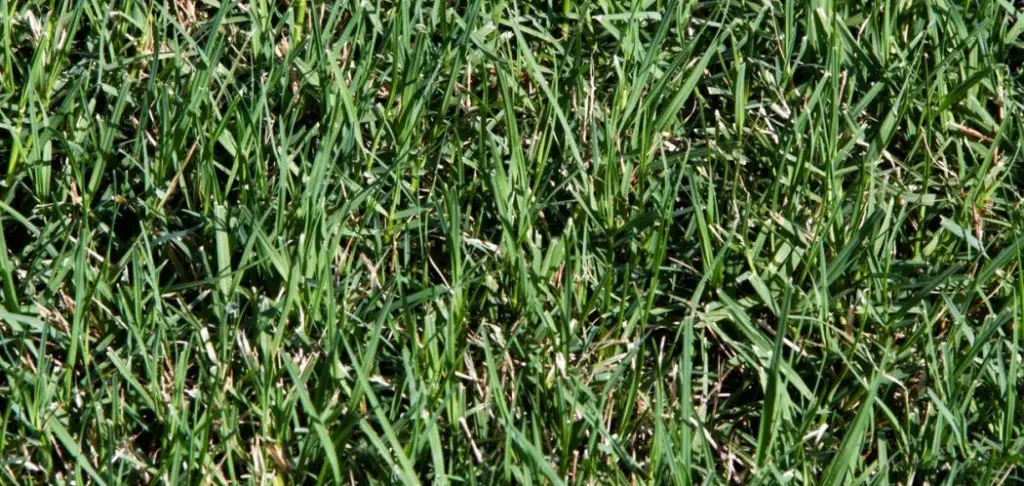
As Bermuda is trampled by foot traffic, it quickly repairs itself and grows new grass
Bermuda grass is a popular option for turf because of its ability to repair itself. For non-commercial use, the soft blades with tiny hairs on both sides of the leaf make for a nice feeling beneath your feet.
Bermuda enjoys full sun and abhors the shade
When not dormant, Bermuda can be found growing in various shades of green.
Grasses that do not tolerate shade will not grow underneath dense trees, shrubs, or heavily populated flower beds.
Bermuda grass can grow in saline soils
Thanks to its incredible drought tolerance, Bermuda grass can even grow in saline soils. High salt tolerance makes this grass great for coastal areas such as the Gulf Coast. Coastal areas that are frost free can enjoy green Bermuda grass all year round.
In places that experience frost, Bermuda grass’s dormancy period can last longer than varieties that are more temperature tolerant
When in winter dormancy, Bermuda’s coloring fades from its luscious green hues to a white-tinged brown.
Frequent fertilization is required for Bermuda lawns.
The quick growth spurts of Bermuda grass make it thirsty for nutrients
Bermuda grass should be kept short
Expedited growth also lends itself to more frequent mowing. When mowed, Bermuda grass should be left no taller than one and a half inches. This can be a drawback for those who don’t like to constantly manicure their lawn. Frequent mowing also leads to more frequent lawn mower maintenance and higher fuel costs overall.
Bermuda grass requires soil with superior drainage
Densely composed clay soils do not support the growth of Bermuda grass. In soils with less clay and better drainage, more water is required. Bermuda’s fast growth also contributes to its water needs.
The grass roots are deep
This grass’s roots grow deep into the soil. They are less likely to survive purely on precipitation. Additional watering by the lawn owner is required.

Bermuda vs Zoysia – Which One Is Right for Your Lawn?
When deciding between Bermuda vs. Zoysia for your lawn, there are a few factors to consider. Zoysia and Bermuda are excellent choices for lawns in the warm climate zones.
If you reside in the cool season zone, the majority of your lawn needs to be made up of a cool season grass such as Fescue or Ryegrass. If you’re looking for a grass to use for overseeding in the warmer months, Zoysia grass is the right candidate. It can stand up to the mild summers and cool falls of your climate better than Bermuda grass.
For warm climates with high traffic, both grasses are viable options
Bermuda grass’s quick growth makes it easier to mend after injury. This grass should be chosen for areas such as game play fields or public picnic areas.
Zoysia grass requires far less maintenance than Bermuda grass
making it ideal for those who don’t have the time or are physically unable to frequently mow and fertilize their lawn. Zoysia’s dense growth resists the growth of weeds, nixing the need for weed removal and herbicide applications.
When you’re looking to have a lawn in an instant, Bermuda grass is the perfect choice
Its quick growth means it goes from seed, to germinate, to full blown lawn in no time.
Bermuda grass has a more vibrant emerald coloring, but Zoysia stays green for more time in the year with its short winter dormancy.
If your lawn is wide and without obstruction, Bermuda grass will love the full sun of your yard. If your landscape has bushes and trees, you’ll want to choose a grass that tolerates shade well such as Zoysia grass.
In Summary
Choosing a grass for your lawn is a personal decision. Consider your needs and abilities. If you choose one variety and decide it’s not right for you, you can always reverse your decision. Plants are living matter, but they can be replaced.

